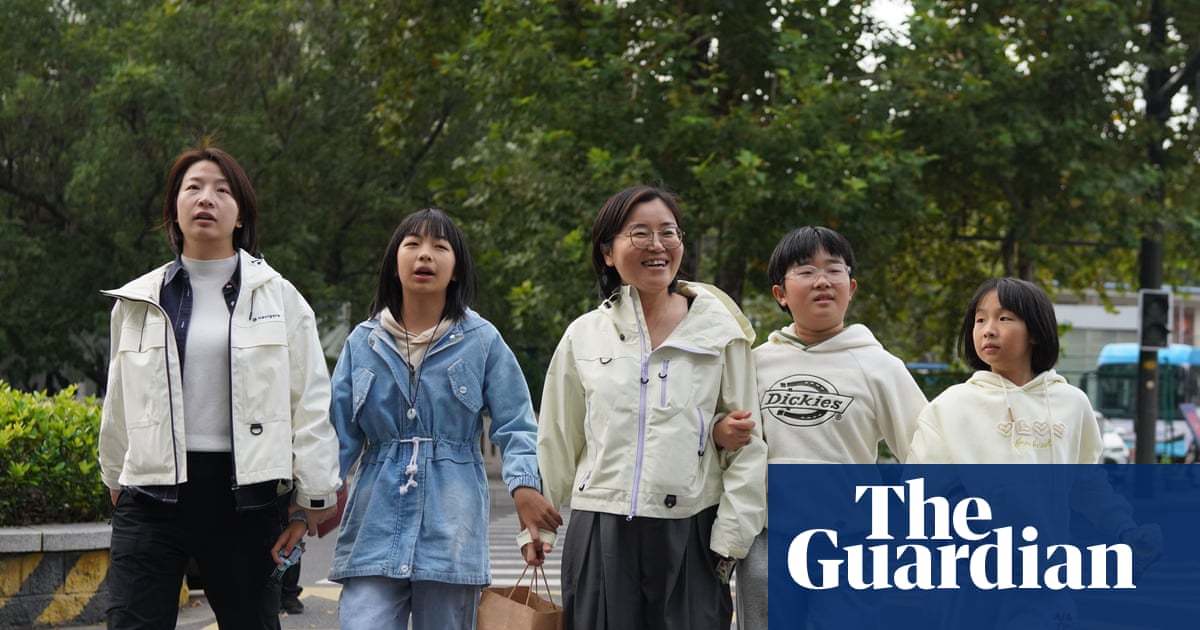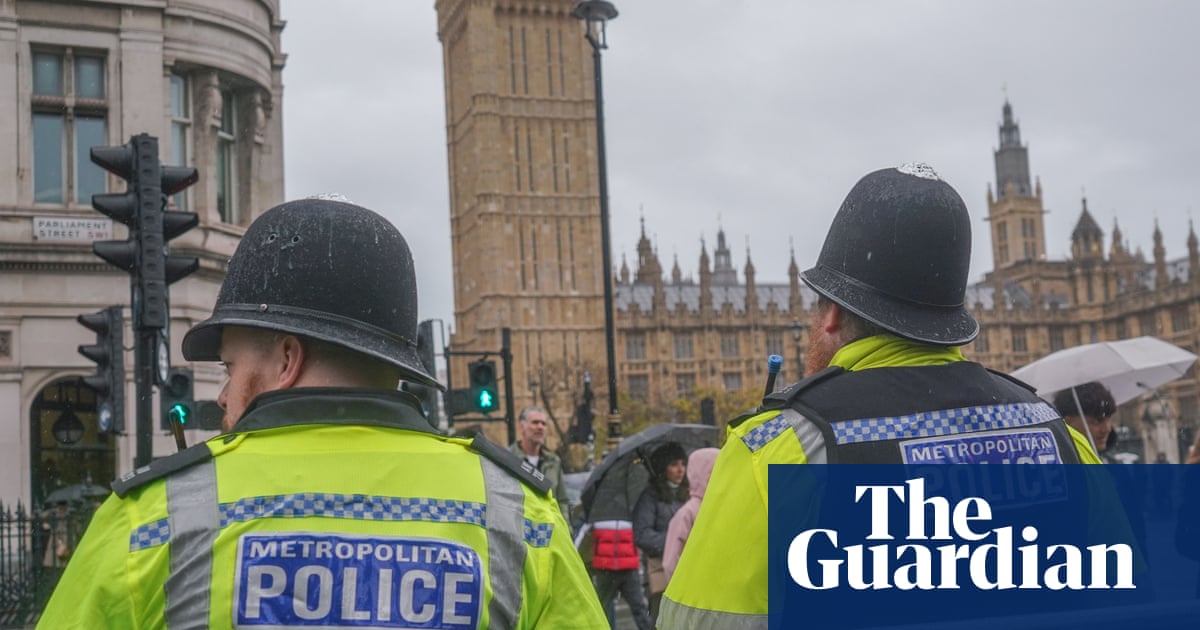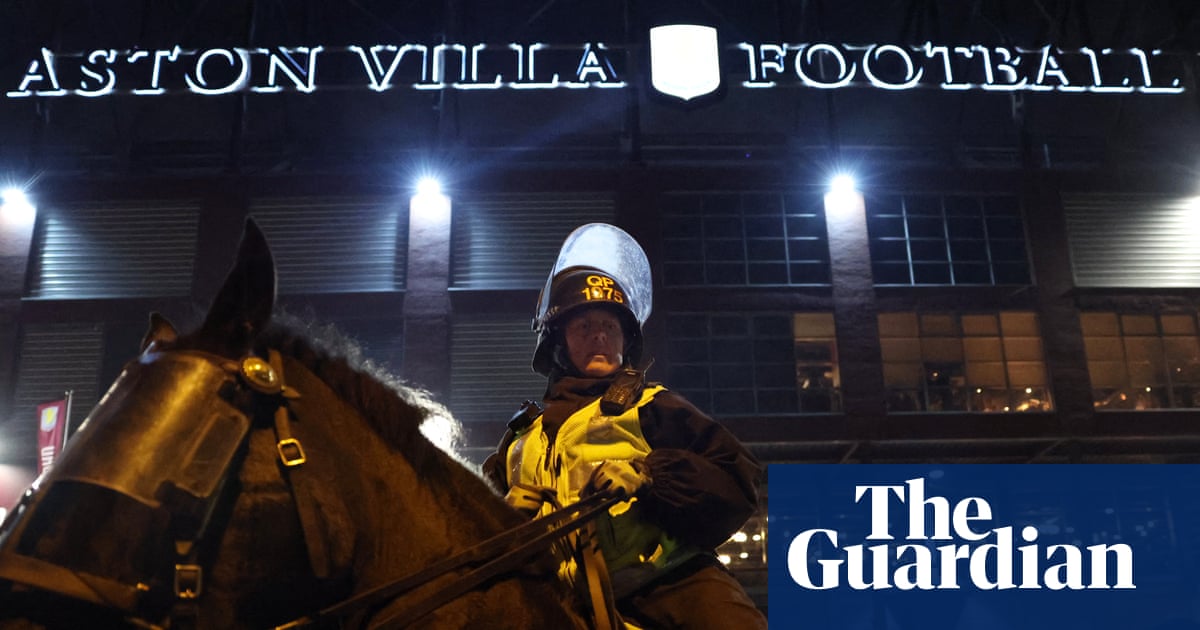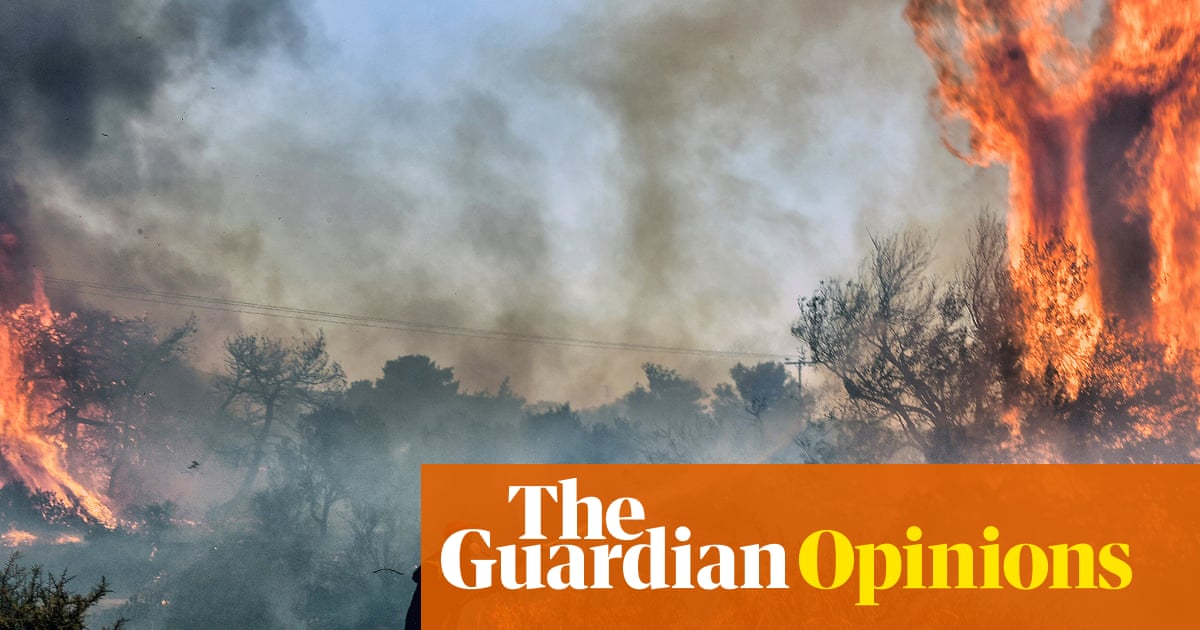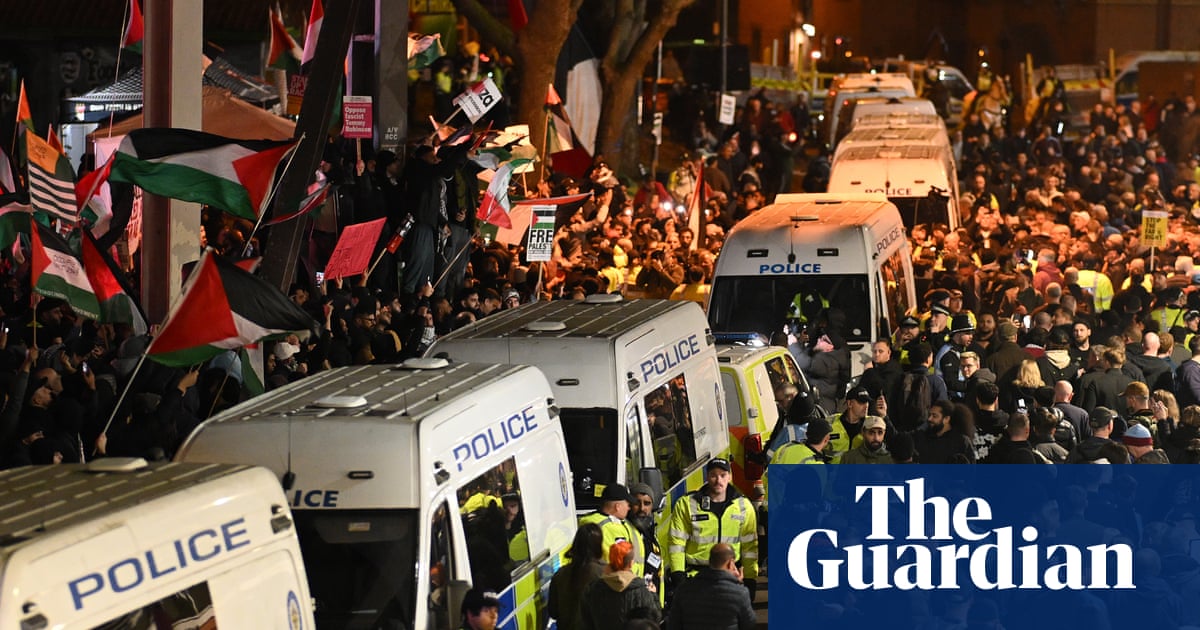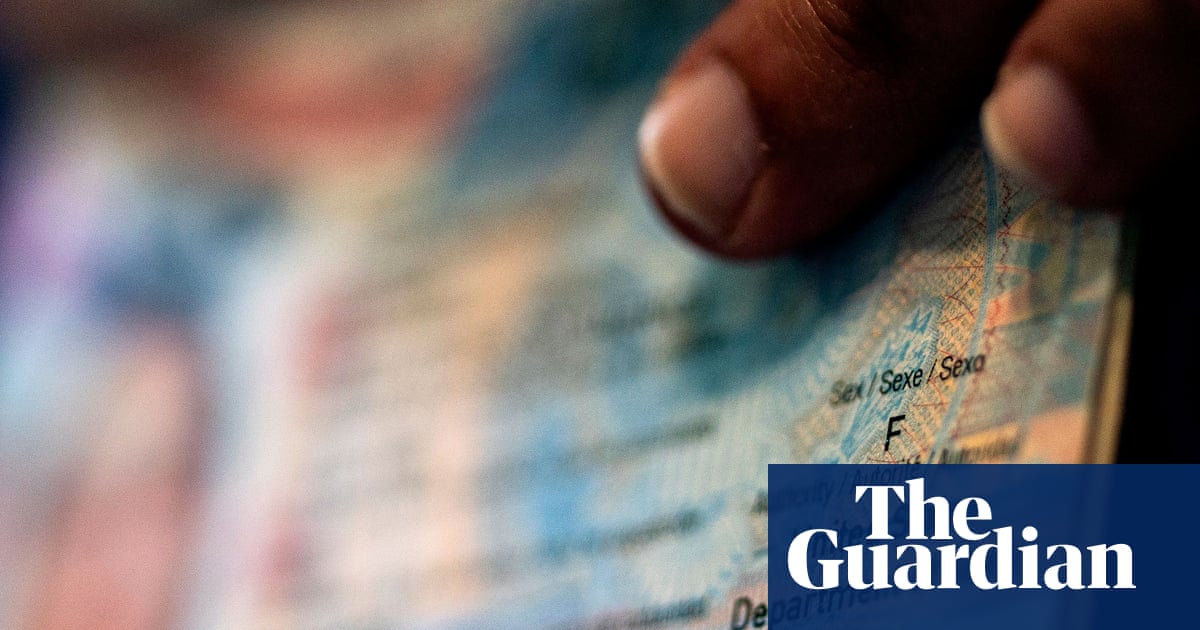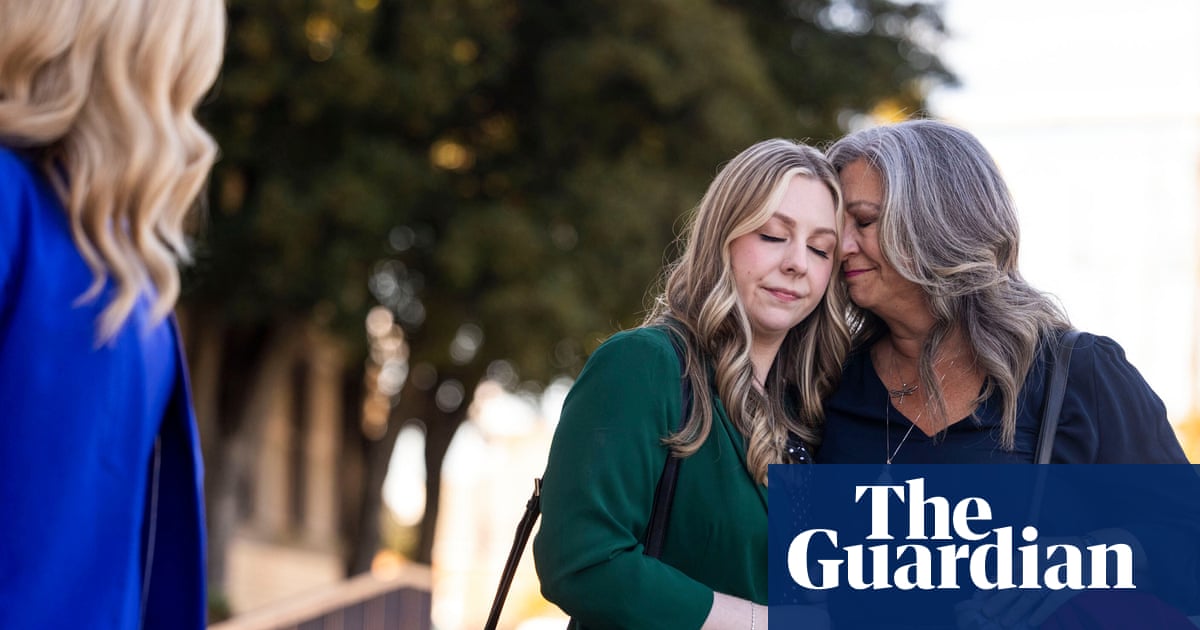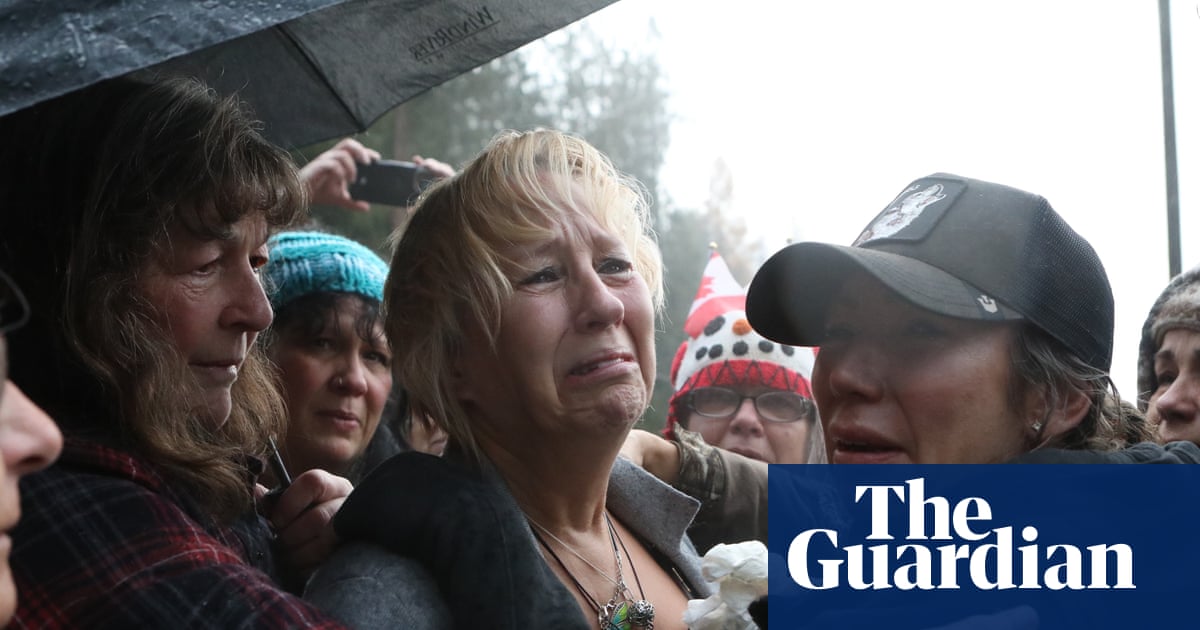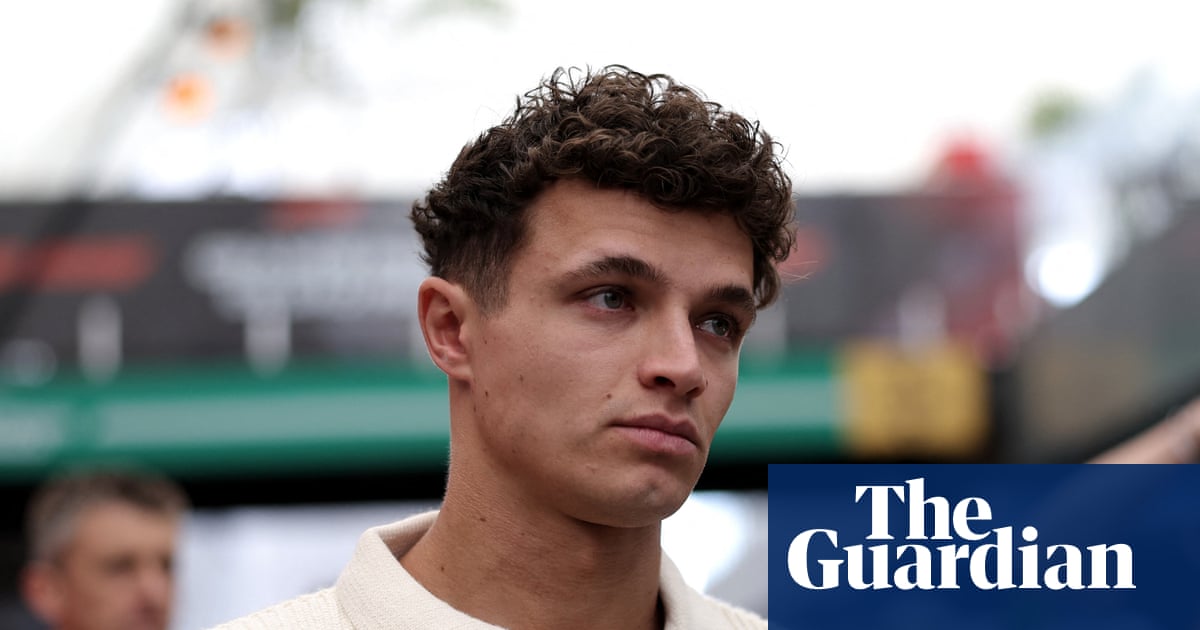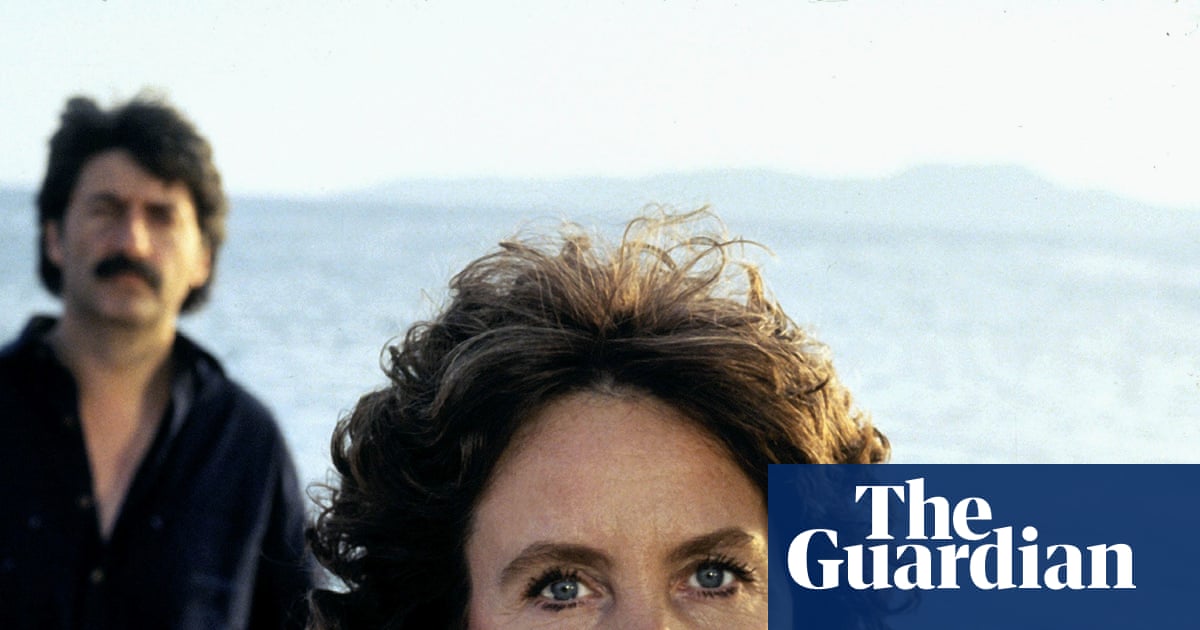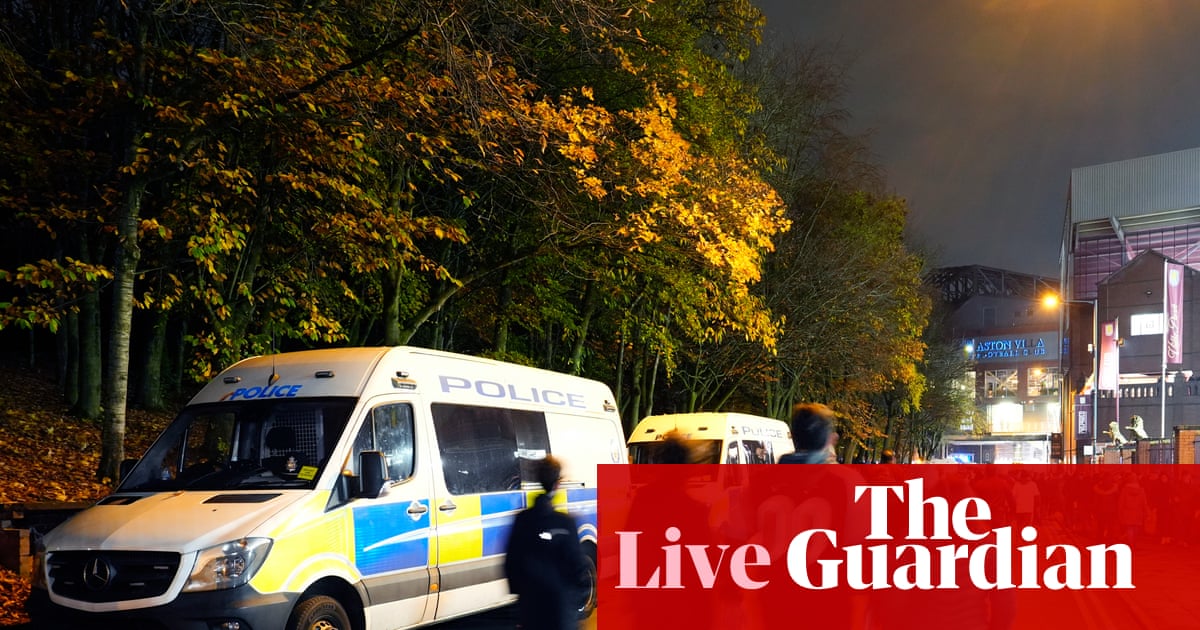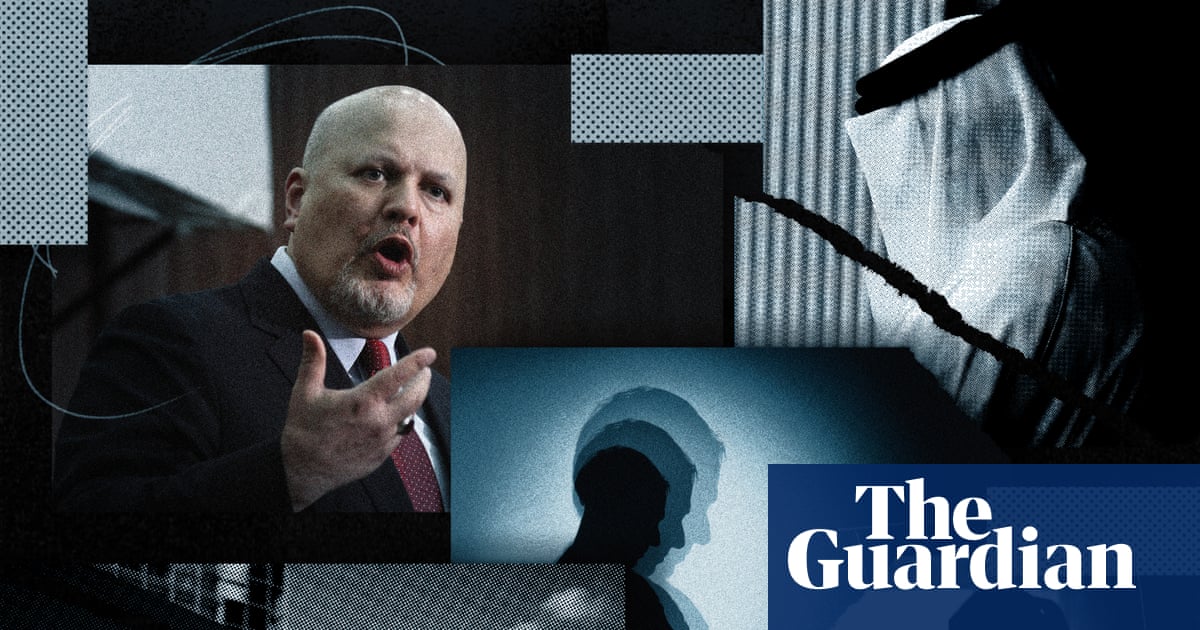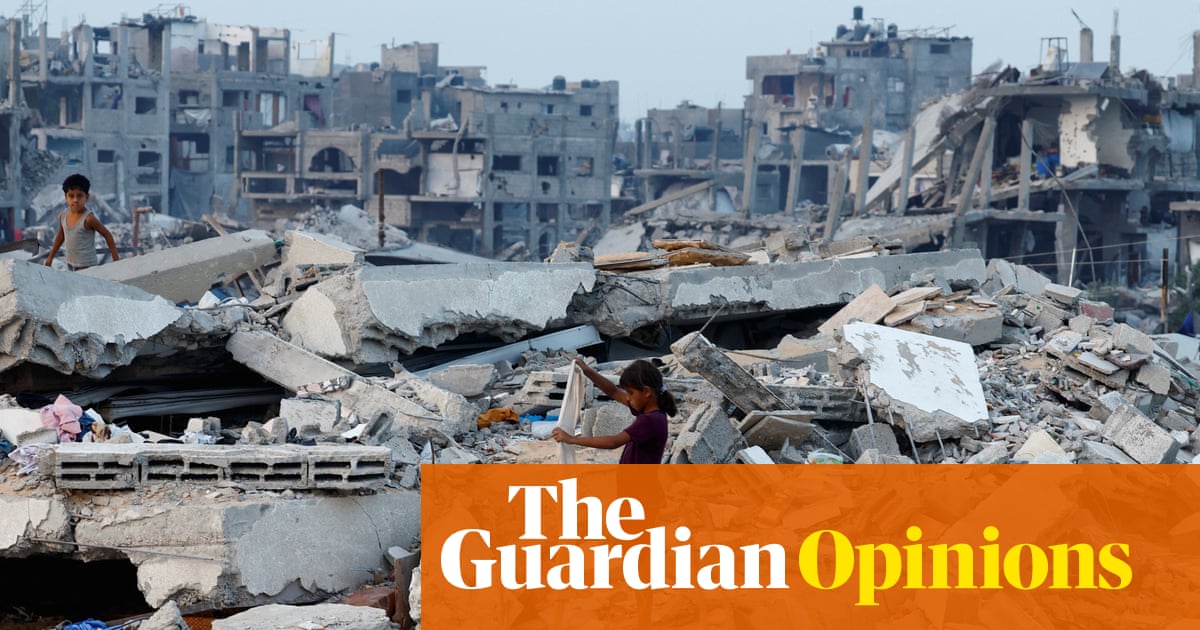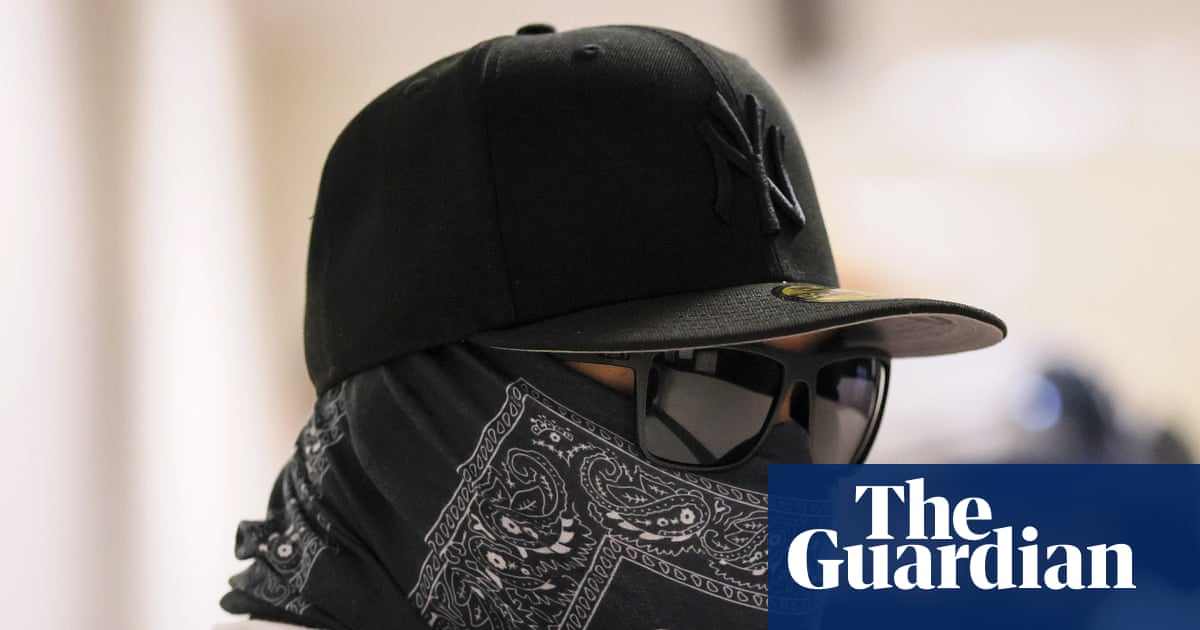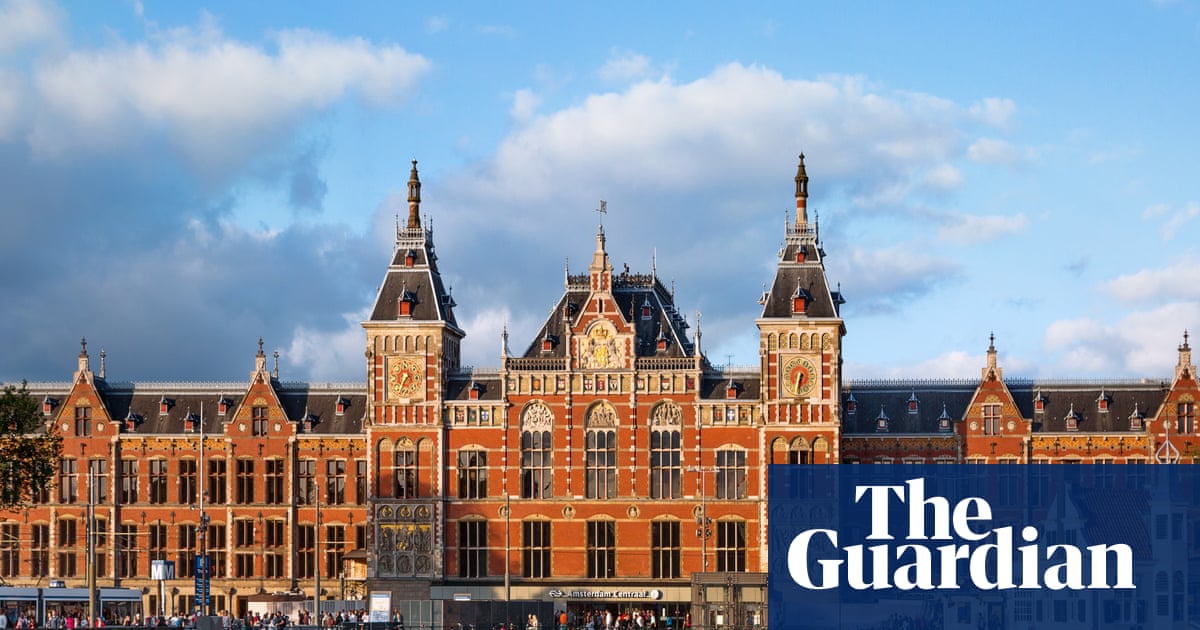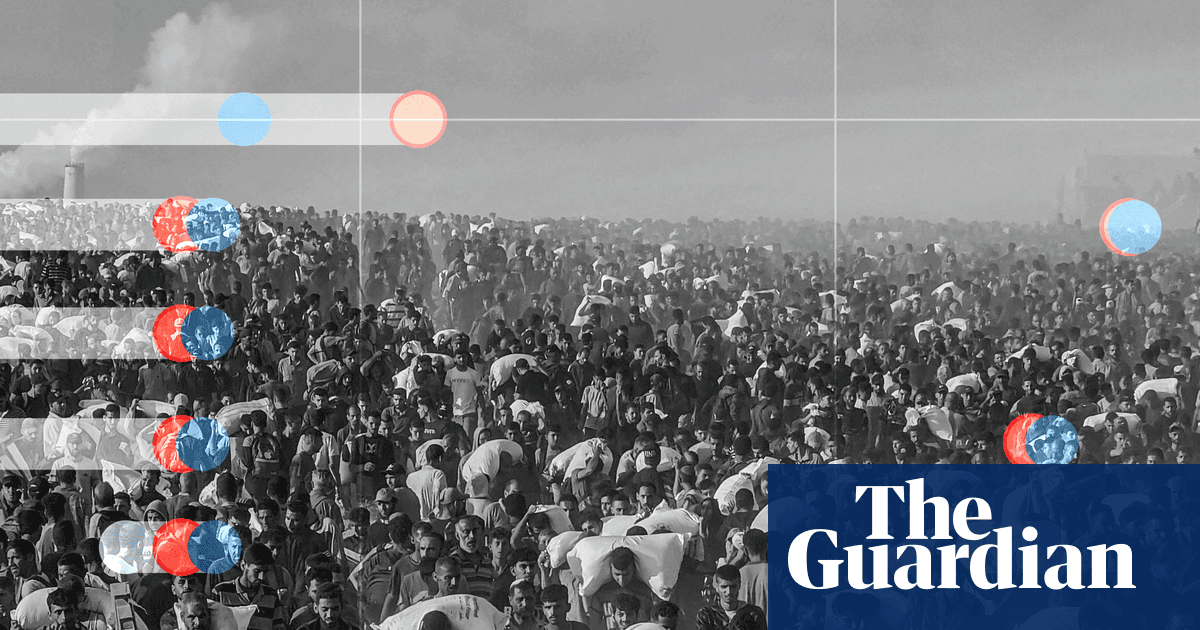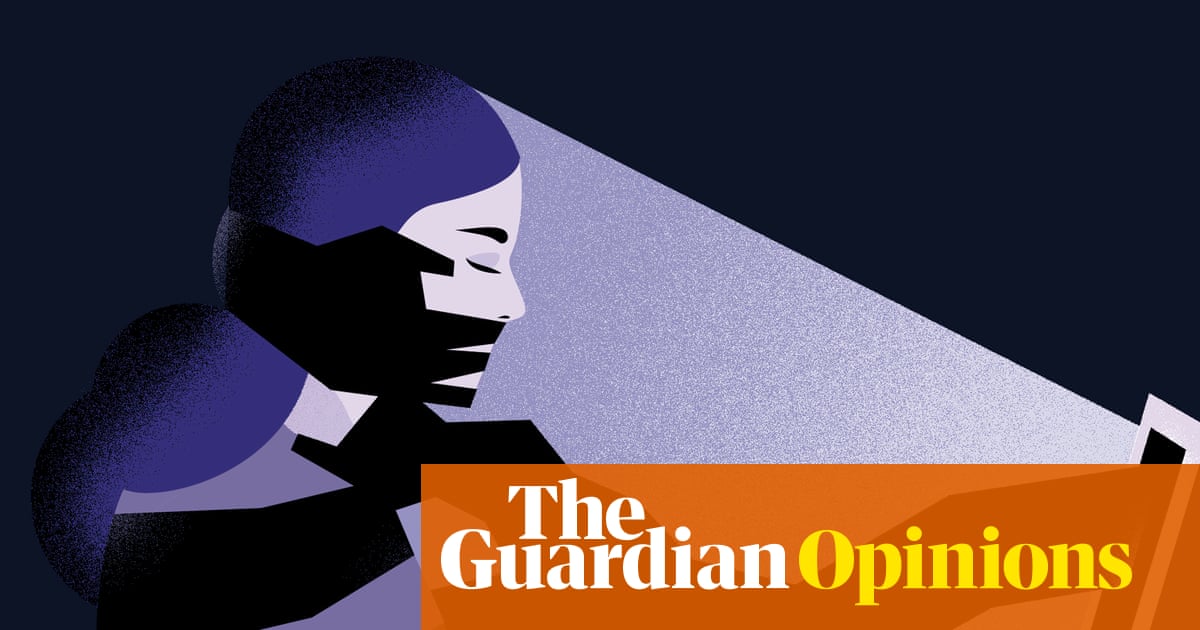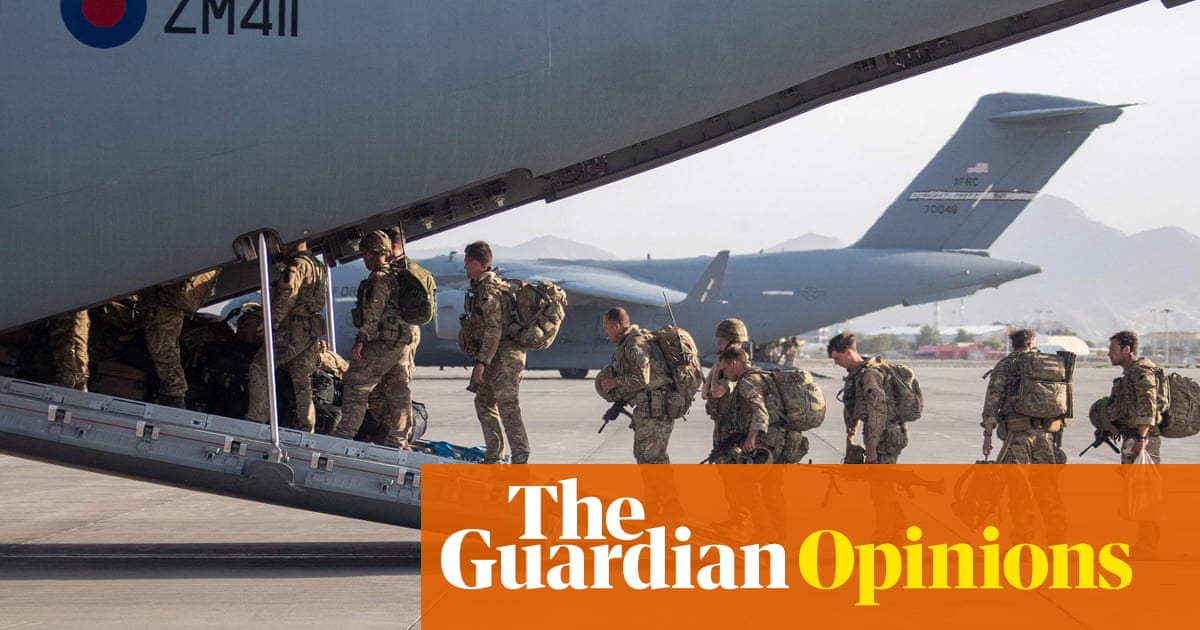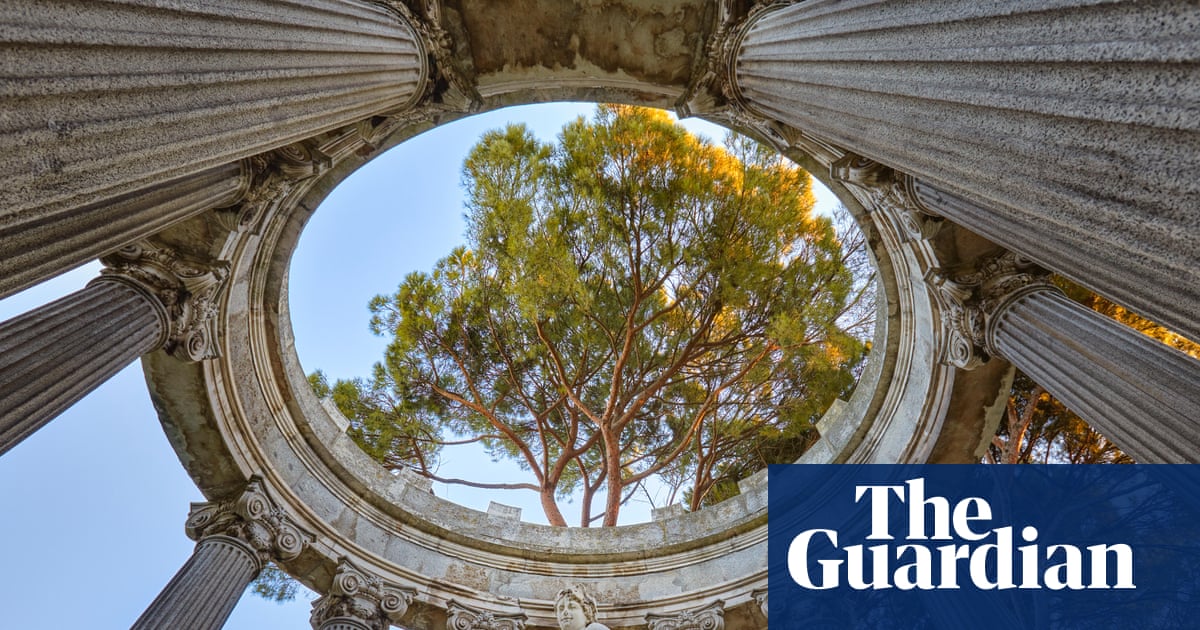

The museum of local history in the eastern Ukrainian town of Izium has, like the community around it, endured much since Russia’s full-scale invasion of the country.
When Izium was bitterly fought over in early 2022 at the start of the Russian assault, the 19th-century building suffered two direct hits from missiles that blew out the roof and led to flood damage. Under occupation from March to September 2022, a Russian guard was posted on the door – but invaders never transported its collection any deeper behind Russian lines, or found the rare early 18th-century volume of the gospels – one of only three of its type – that museum workers had spirited away and hidden.
The museum is now back in Ukrainian hands but remains in a fragile, vulnerable state, uncomfortably close to the frontline and the threat of reoccupation. The roof is repaired, says the director, Halyna Ivanova, but there is no point re-glazing the windows while the city is hit night after night by missiles.
The bulk of the collection has now been safely evacuated and its precious volume of the gospels, which was also concealed from German invaders during the second world war when the museum and its collection were almost completely destroyed, is being conserved after its time in hiding.
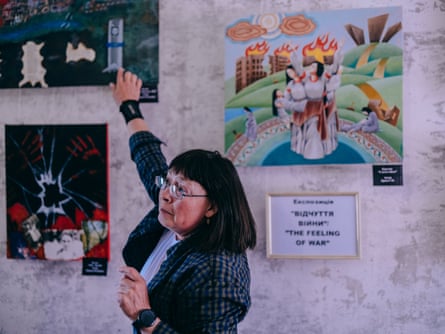
At the moment, the institution is a kind of ghost museum. Its collection is absent; its doors are closed to the public because of the danger of attacks; and its community, whose collective memory it holds, has shrunk to half of its 40,000 pre-invasion number.
But there is still much work to do, says Ivanova. The museum staff now run walking tours of the city’s shattered historical buildings. They host temporary exhibitions inside damaged rooms (“loft style”, she jokes, of the rough walls and improvised feel), even if its visitors are now confined to local military personnel and invited guests.
“We are trying preserve memories, to fix them,” she says. “To show people how the city was before the war, what has happened to it – and how it looks now.”
On display are paintings by local artists, and photography by soldiers stationed nearby, part of a nascent collection of audio, video and images from the military that the museum is amassing.
One room holds a display devoted to significant local individuals. One is the murdered children’s writer Volodymyr Vakulenko, who buried his diary of life under occupation beneath a cherry tree in his village before being arrested and shot dead. Another is “a firefighter who was also delivering aid around the city, who died as a result of a cluster bomb”.
Ivanova says: “He was my neighbour and I knew him all his life; I saw him born and I saw him die.”
She is also building a “museum of occupation”: collecting objects left by the invaders. “So there is proof of their presence here – and proof of the crimes they committed.”
Some of this new collection is on display. There is part of a cluster munition rocket; the uniforms and helmets of Russians, as well as those from their proxy state, the so-called Donetsk People’s Republic; Russian ration packs and cigarettes – “brands I haven’t seen since I smoked them 30 years ago before the fall of the Soviet Union”, says Ivanova.
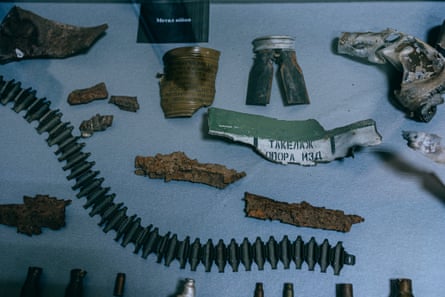
Antique-looking crutches and superannuated tourniquets attest to the out-of-date supplies of some of the invading army. There are aid packs branded as donated by the Russian tank manufacturer Uralvagonzavod; school textbooks for primary-age children showing Russia as the motherland and Moscow as “the capital of our country”; and fragments of a stone-carved memorial erected to mark the grave of a Russian colonel “that shows”, says Ivanova, “that they thought they were going to stay for ever”.
Propaganda news sheets are on display, as is a photograph of a visit by a prominent Russian propagandist surrounded by local collaborators. “One is in Russia, one is being searched for by police here, and the two women are in prison,” says Ivanova.
There is evidence of some bleak humour: a homemade Russian medal crudely carved from a piece of wood and awarded “for all this shit”.
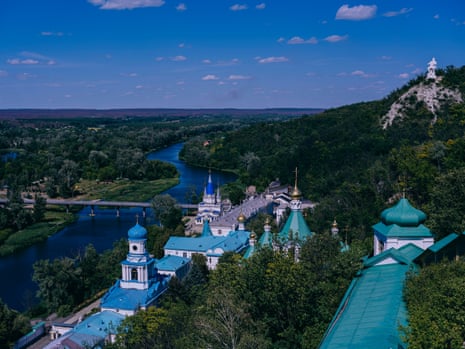
The Izium museum is not the only such institution to be in a vulnerable position. Farther south, in the Donetsk region, lies the great monastery complex of the Sviatohirsk Lavra, rising dramatically up from the cliffs above the Siverskyi Donets River.
The site, which has medieval origins, is shared between monks and nuns of the Ukrainian Orthodox church and has a museum run by the Ukrainian state. (The church, which has historic ties to Moscow, declared its formal separation from the Russian Orthodox church in 2022, though many observers consider the separation incomplete or ambiguous.)
Displaced people are living in buildings that form part of the estate, some of whom have been here since 2014, when the conflict first broke out in the region.

Yaroslava Diedova, the museum’s deputy director, lost her boss to the Russian invaders. The director and her family were killed when their car was hit by a missile as they tried to evacuate.
Four monks were also killed when a missile smashed into one of the monastery’s accommodation blocks in March 2022, and three construction workers died in a later attack, says the monastery’s Fr Trofim.

The town of Sviatohirsk, across the river from the monastery, was occupied by the Russians in June 2022 and the bridge linking them was blown up; when Diedova came back to work after it was recaptured by Ukraine that September, it was an 11km walk to work via another bridge, until they organised a boat and finally a new bridge was built.

On a hill next to the monastery’s great rock stands a 22-metre high concrete sculpture of Artyom – the nickname of the Bolshevik revolutionary Fyodor Sergeyev. The colossal statue became a Ukrainian reconnaissance and gun position, and the area around it is heavily mined.
The sculpture, scarred by shrapnel, is exempted from Ukraine’s decommunisation laws – which would otherwise demand its removal – because of its status as a significant artwork by the early 20th-century Ukrainian sculptor Ivan Kavaleridze.
These days, part of the job of the museum, says Diedova, is to host creative workshops for refugee children living at the monastery, as well as guided tours for soldiers, “because it’s important to show them what they are actually fighting for. Those who come from the region have generally visited as children, but now there are soldiers from all across Ukraine here.”
Sometimes the soldiers pause to pray in the churches, “then they come here to the museum and drink tea and talk; there is a chance for a sort of psychological unloading”, says the new director, Ihor Saletskiy.
“Compared to some of the museums in the Donetsk region, who can transport their collection anywhere, we are a little different. Our main objects are the caves, the churches – not movable things. That’s why we’re staying here, and working with the monastery,” he says.
Back in Izium, despite the general air of ruin, the fountains are working in the park and school leavers, dressed in their prom outfits, are posing for photographs against the backdrop of their once-handsome school, now a battered shell.

“We are living as we lived before: the only difference is that we have to run for the basement at night,” says Ivanova. Compared with the hunger, terror and isolation of life under occupation, she says, it is nothing.
“There is always the possibility that the Russians will come again,” she says. “If they do, this time it will be like Bakhmut: they will erase it.”
The work of the museum is, she says, “to save the city in some way – if necessary, in people’s memories”.

 3 months ago
59
3 months ago
59
